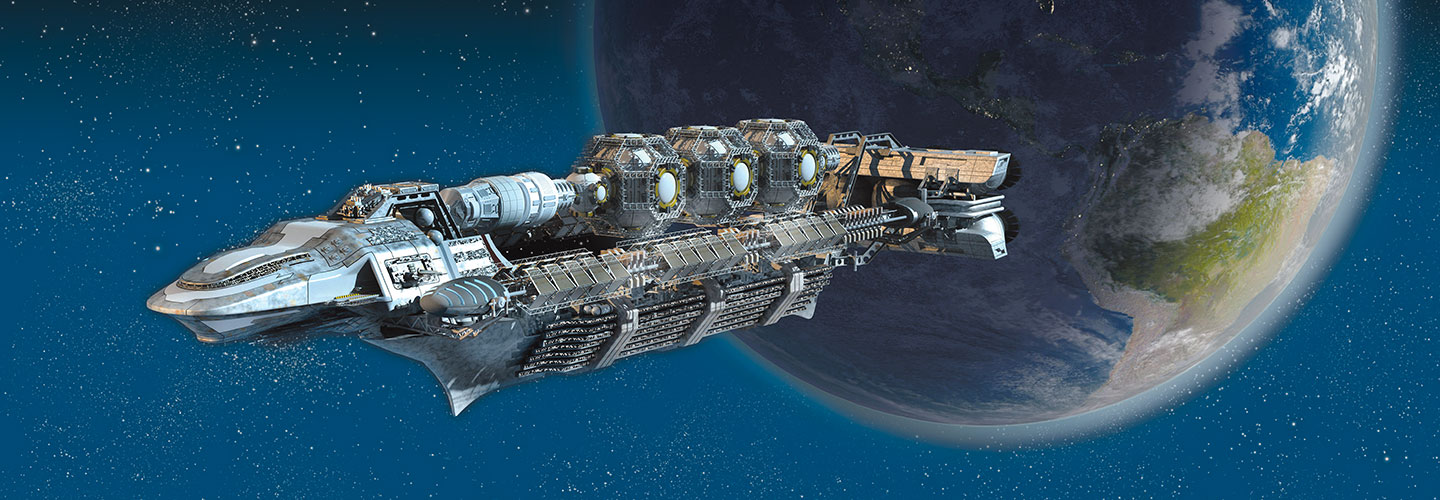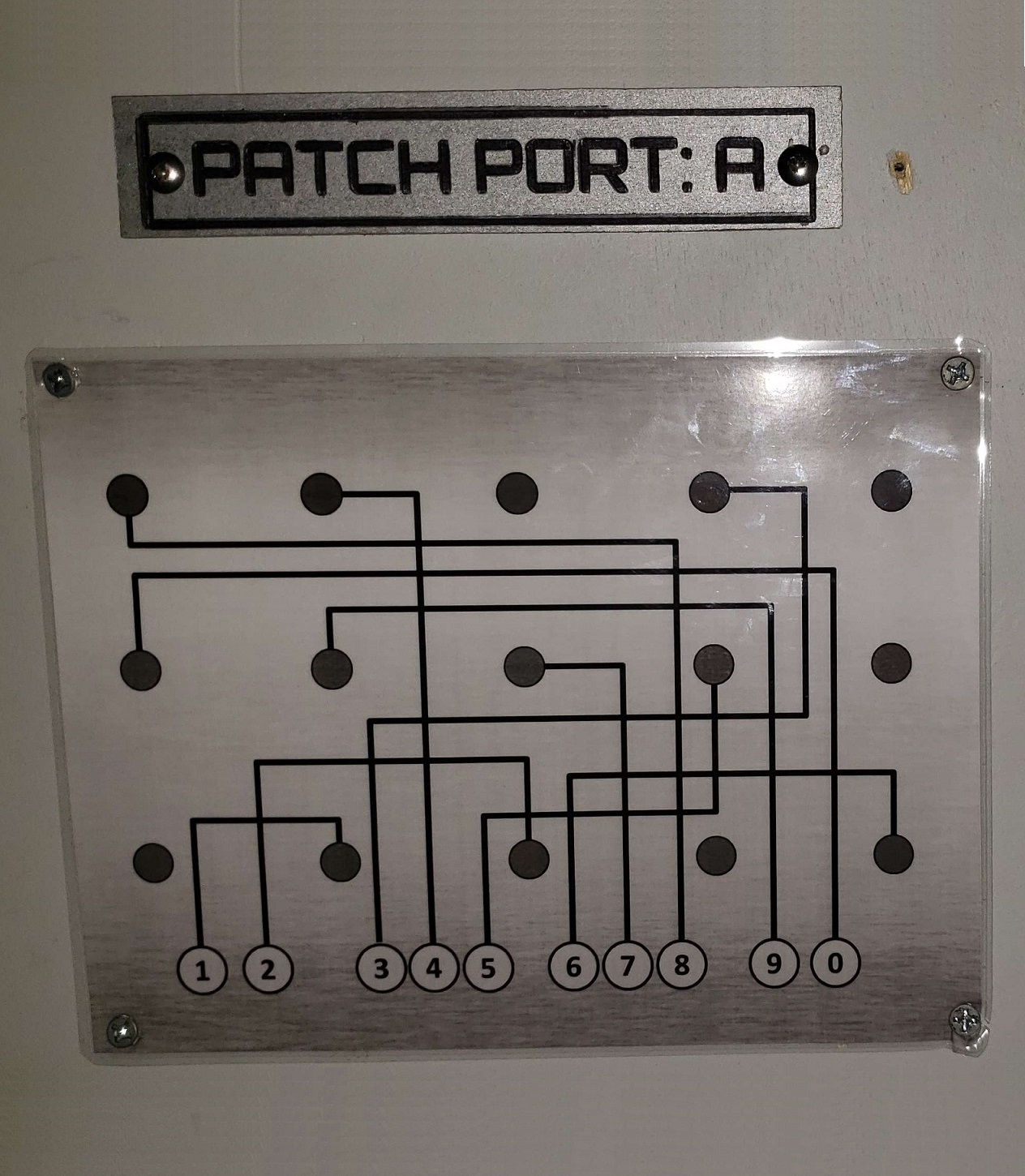Space
A space-themed escape roomOverview
In February 2023, we opened a "Space": a high-tech escape room. While the room's asthetics and atmosphere were consistantly praised, several problems with the room quickly became apparent. At its release, the room was simply too difficult. There were several puzzles that the majority of customers could not solve without asking for hints, with a puzzle involving joysticks being particularly egregious. This led to several customers leaving poor reviews of the room, and necessitiated coming up with solutions for these problems quickly.
We had to make the upgrades under two main constraints as well. We had essentially 0 budget, and any changes that we made had to take an hour or less to implement, during the rare occasions customers had not booked the room.
My Role(s)
I oversaw customers' experiences in the room, conducted user interviews to learn more about their experiences, and contributed design changes for some of the puzzles.
Project Goals
- Increase room's completion rate from 0% to 25%.
- Reduce customers' reliance on hints for some puzzles from 80% to 20%.
- Reduce negative customer sentiment about the room to <5%.


Dropping the Difficulty
Our first priority was to reduce the difficulty of the room, since in the first 48 hours of the room being open, none of the groups made it further than halfway through the room. One "bottleneck" puzzle groups were consistantly spending 15 of their alloted 60 minutes on involved plugging 10 wires into the correct ports.
Due to how the room was constructed, we were unable to reduce the number of wires necessary. We were able to change how the solution was presented though, and after we implemented the updated panels (left), groups were more consistantly able to reach the back half of the room.
This change alone didn't prove to be enough though. We also had to update how the solutions to the first three puzzles of the room were presented. Initially, the information necessary to solve these puzzles was scattered across 4 monitors playing on a loop, so that not all of the information necessary for any given puzzle was visible at the same time. This proved too frustrating for customers, so we updated each display to only show one puzzle's information, and reduce the amount of time customers needed to stand around waiting for the video to loop back to the relevant part.
The Joysticks Problem
We had previously found that a good indicator that a given puzzle was well-recieved was when customers needed a hint for that puzzle around 25% of the time. For the joysticks puzzle however, roughly 80% of groups that attempted the room in the first two weeks needed a hint before they were able to solve the puzzle.
From watching these groups, we concluded that there were two key issues with the puzzle's design:
- The only way to discover the solution was through trial-and-error. There was nothing in the room that led groups towards the solution.
- The feedback that was being presented to customers was too confusing. Customers didn't get feedback on if their inputs were correct or not until after they had done all 12 inputs, which caused a lot of confusion.

Our Joysticks Solution
We decided to prioritize fixing the trial-and-error nature of the puzzle, since of the two problems, that would be the faster one to fix. To that end, I designed a chart that customers could use to determine the order and direction of the inputs. Mounting the chart did prove effective, but roughly 50% of customers still needed hints, so we knew that we needed to adress the puzzle's feedback as well.
As initially designed, customers had to move the joystick(s) 12 times, with the white light illuminating which input they just did. After 12 inputs, the red or green lights would illuminate to show which inputs they got right/wrong. Unfortuantely, customers did not find this intuitive, and frequently ended up ignoring the lights altogether.
I helped redesign the puzzle so that after each input, a red or green light was illuminated, thus eliminating the delay in feedback. The puzzle also resets itself after an incorrect input, all but eliminating the scenario where customers are inputting the correct directions, but get the puzzle wrong due to leftover inputs from the previous attempt.
Retrospective
What Went Well
- Completion Rate: After the efforts outlined above, and then some, the space room is currently sitting at a 50% escape rate, surpassing our goal of 25%
- Hint Frequency: The majority of the puzzles in Space require Game Masters to provide a hint <50% of the time.
- Reviews: Customer sentiment about the room has improved dramatically, with no customers leaving negative reviews about the room since we implemented these changes.
What Went Wrong
- Construction: While implementing some of the changes, other puzzles in the room were damaged or broken, which then required additional time to address.
- Communication: Some updates were made to the room without informing all of the Game Masters, resulting in confusion when a puzzle did not behave as the GM expected.
- Timeline: Some decisions about how to change a given puzzle were debated for longer than necessary, resulting in more customers having a sub-par experience while the upgrade was being discussed.
What to Improve
- Communication channels: Having a dedicated channel to update everyone involved in running the room on what changes has been made really streamlines communication, and helps prevent misunderstandings.
- Documentation: Documenting how the puzzles work reduces the amount of time necessary for future workers (like yours truely) to figure out how to make the necessary changes.
- And so much more: There's a bunch of changes we made that I didn't go into here, and several more we're discussing and planning for right now. If you reach out, I'd love to discuss them with you!
 Home
Projects
About
Email
Home
Projects
About
Email